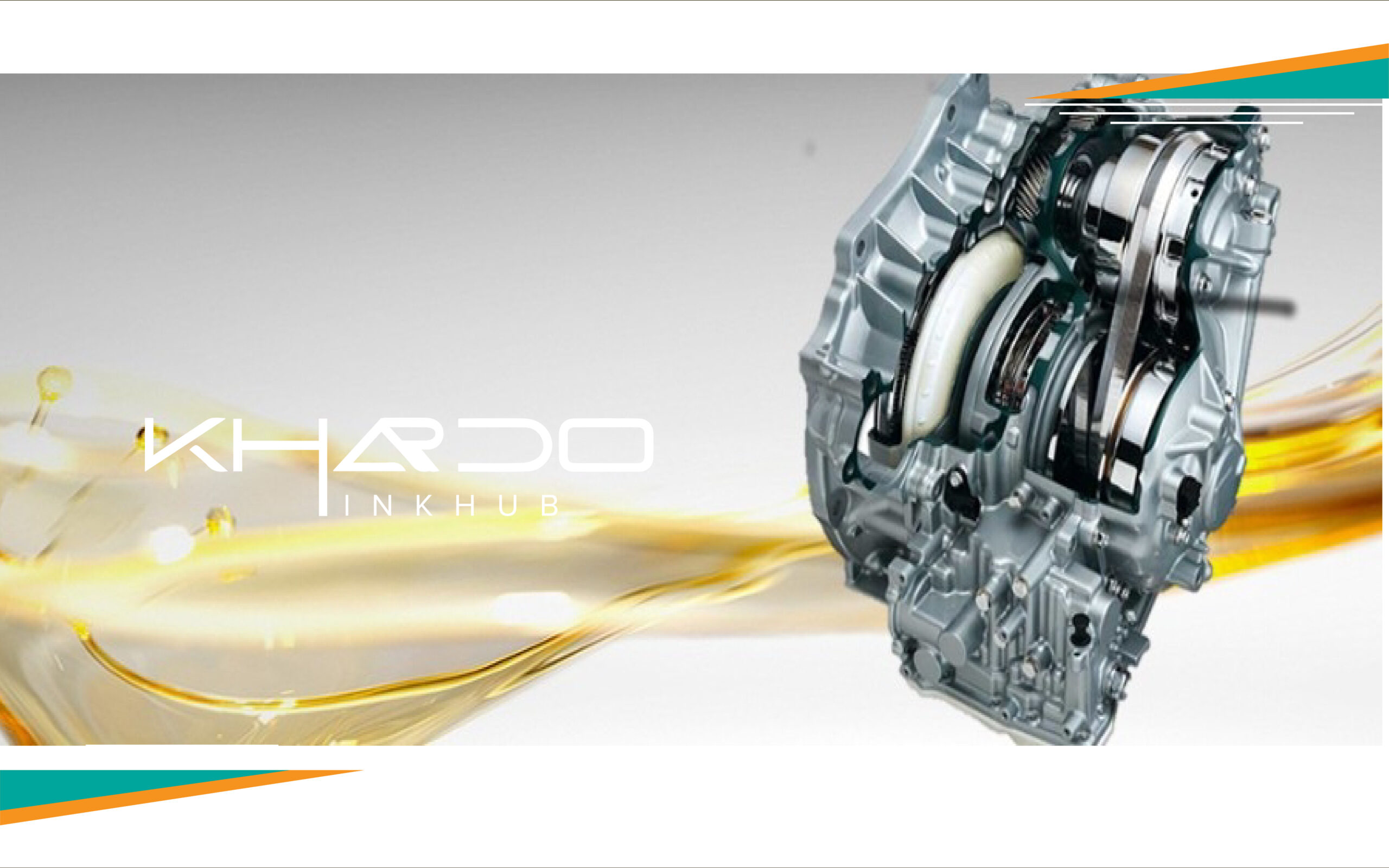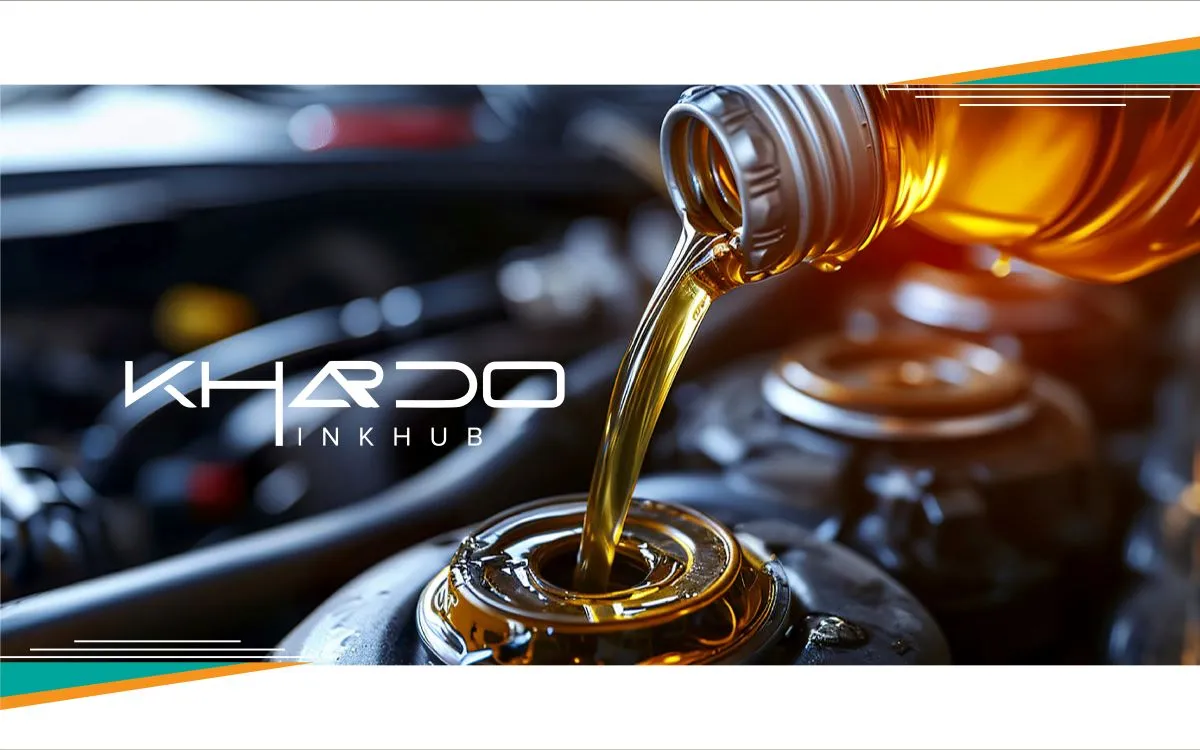Practical Tips to Maintain Your CVT Transmission in Uganda

- Use Only CVT-Specific Transmission Fluid
Continuous Variable Transmissions (CVTs) require a unique type of fluid that differs from regular automatic transmission oils. Avoid using general ATF, even if it’s available at a cheaper cost. Stick to CVT-specific fluids like NS-2, NS-3, or the type designated by your vehicle’s manufacturer. Using the wrong fluid causes premature wear, slipping, and costly failures. - Change the Fluid Regularly Based on Driving Conditions
While many CVTs are advertised as “lifetime fill,” this rarely applies in Uganda’s driving conditions—high temperatures, dust, poor roads, and frequent traffic jams. A safe practice is to change your CVT fluid every 40,000 to 60,000 km. Early fluid changes help prevent overheating, belt slippage, and valve body issues that can quickly damage the entire unit. - Avoid Aggressive Driving and Overloading
CVT transmissions are designed for smooth and efficient driving, not high torque loads or sudden acceleration. Avoid racing starts, towing beyond recommended limits, and loading the vehicle beyond its capacity. These habits strain the belt system and pulleys, leading to early breakdowns in a market where spare parts and expert rebuilders are limited.
These tips can help vehicle owners avoid the high costs and frustrations that come with CVT failures, especially when access to manufacturer support is limited.



